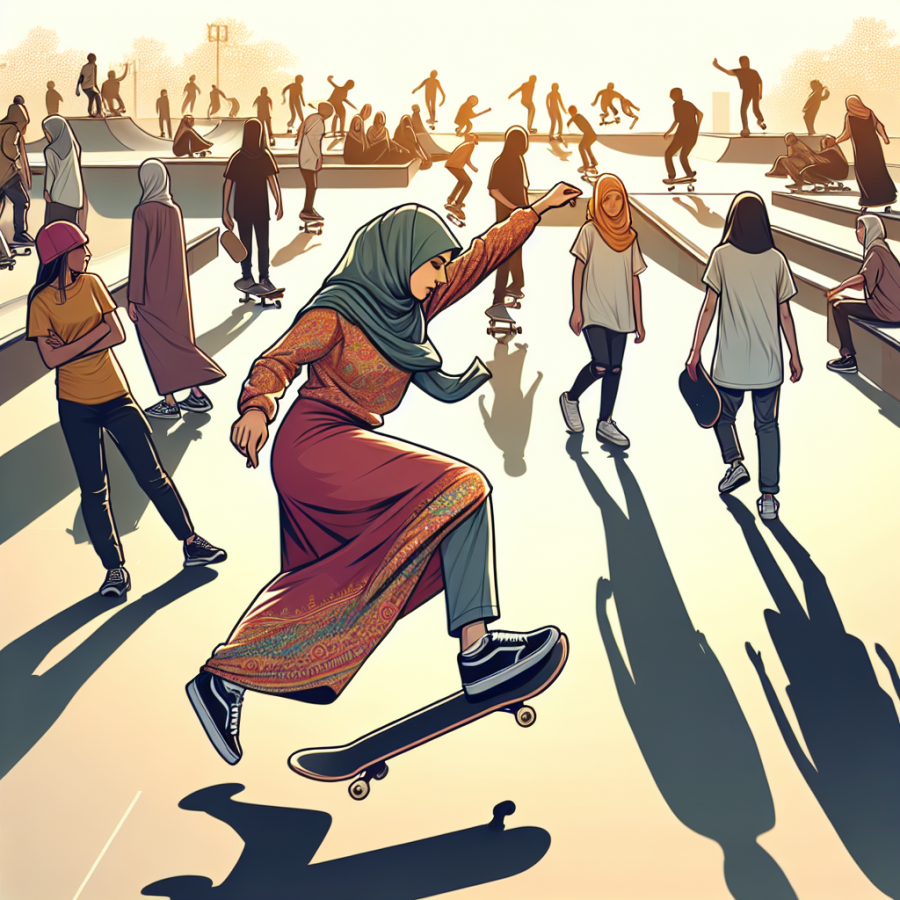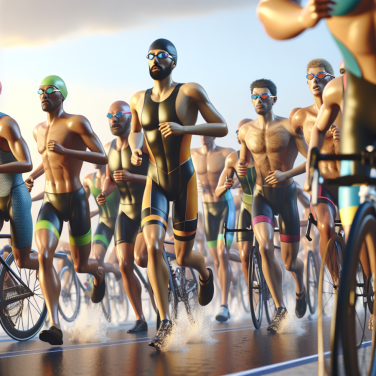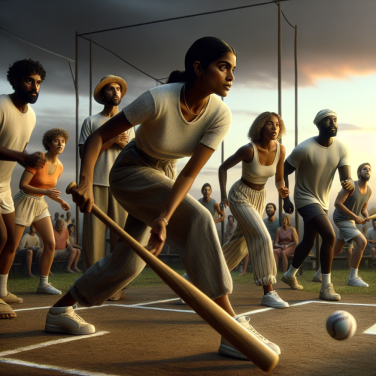Beyond the Sport: Unpacking Skateboarding's Influences on Culture
Skateboarding is not just a sport, it's a global culture and lifestyle that has influenced art, music, fashion, and film. It has permeated diverse fields, injecting an air of rebellion, creativity, and authenticity. Let's unpack how skateboarding has left an indelible mark on various sectors of global culture.
The world of fashion has not been exempt from skateboarding's influences. Skate style is inherently eclectic and laid back, with a focus on comfort and durability to cater to the physicality of the sport. Brands like Vans, Thrasher, and Supreme had roots in skate culture and have evolved to become fashion heavyweights on the global stage. These brands have presented collaborations with mainstream and haute couture labels signify the recognition of skate culture's influence in fashion.
However, the impact is not limited to apparel. Skateboarding's DIY ethos has inspired trends in jewelry, footwear, and other accessories. The classic skateboard sneaker design from brands like Nike SB and Vans has successfully influenced trends in mainstream and high fashion.
In terms of music, skateboarding has long had a symbiotic relationship with certain genres. Early skateboarding videos were soundtracked by punk rock, fostering a unique camaraderie between skaters and musicians. Later, the cross-over with hip-hop came along as artists like Pharrell Williams got into skateboarding. Today, many ‘skate anthems’ come directly from the alternative indie and rock genres.
Visual arts like photography and film-making have been deeply colored by skateboarding as well. Skateboarding videos have their unique aesthetic that juxtaposes high-action sequences with more cinematic, dialogue-driven snapshots. These videos not only chronicle the athletic prowess of skateboarders but also the ambient auras of the skate locations. This distinct storytelling style has now found a place in mainstream cinema and advertisement, with many using skateboarding as a narrative device.
Skateboarding also introduced street art into the mainstream culture. This art form often conveys discord against the status quo, which aligns with skateboarding's spirit of authenticity and rebellion. Graffiti and murals at skate parks have become staples, showcasing artistic talent alongside athletic skill.
In terms of urban architecture, skateboarding has shaped new perspectives about public spaces. Skaters gravitate towards gritty urban landscapes, transforming the mundane steps, rails, and benches into dynamic skate spots. The expansion of skate parks worldwide and the integration of skate-friendly features in city planning signify skateboarding's impact on urban landscapes.
Read also:
Exploring the Depths: The Thrill and Challenge of Spearfishing
Tracing the Journey: The Evolution of Skateboarding
Skateboarding is a pastime that had humble beginnings but gradually evolved to become a globally recognized sport and an essential part of various cultures worldwide. Its inception in the 1950s saw it transform from a temporary activity to a permanent lifestyle choice that has profoundly influenced music, art, design, and fashion.
Skateboarding originated in California in the late 1940s and early 1950s when surfers sought something to do when the waves were flat. They gave birth to “sidewalk surfing," which involved attempting surf moves on homemade skateboards. This sparked the desire in manufacturers to create standardized skateboards with enhanced safety features and better rideability.
In the 60s, Skateboarding underwent a significant change when the roller skate wheels were replaced with the newly invented urethane wheels. This development drastically improved the stability and speed. Around this time, the first skateboard competition took place and helped catapult the sport's popularity. However, with the rising accident rates, Skateboarding experienced a brief decline till the late 1970s.
The late 70s marked a new era in skateboarding, often referred to as the “golden era.” The invention of the polyurethane wheel and the birth of vertical skating, or “vert,” saw the rise of legendary skaters like Tony Alva and Stacy Peralta. Vert skating went mainstream during this period as empty swimming pools became the playground for the skaters.
The 80s experienced another evolution with the shift from vertical skating to "street skating." Street skating included performing tricks on urban obstacles like stairs, rails, and benches. This new style was instrumental in pushing skateboarding into mainstream acceptance. During this time, skateboarding culture began highlighting its rebellious nature. Regardless of the negativity it received, it continued to explode in popularity among young people.
In the 90s, skateboarding continued to evolve with the emergence of ollies and flip tricks. Skateboarding brands and magazines became predominant during this time, and skaters began to be recognized as professionals. With the creation of the X-Games by ESPN, skateboarding was solidified as a popular extreme sport.
In the modern era, skateboarding has continued to grow both as a sport and a culture. With a rich history and a vibrant community, it has found its place in the Olympics, and more people worldwide are appreciating this gravity-defying sport.
Skateboarding's cultural impact is profound.




